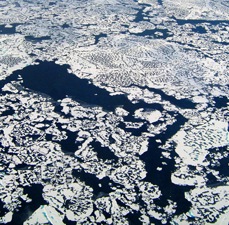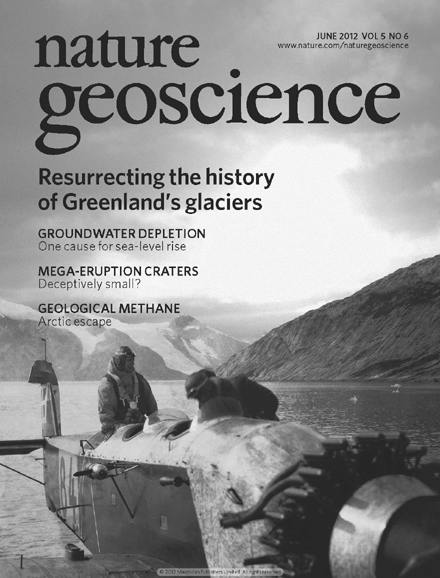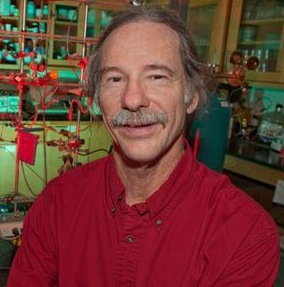
sea ice and permafrost is allowing
more and more of the potent
greenhouse gas methane to seep into
the atmosphere.
The ancient reserves of methane gas seeping from the melting Arctic ice cap told Jeff Chanton and fellow researchers what they already knew: As the permafrost thaws, there is a release of methane, a powerful greenhouse gas that causes climate warming.
The trick was figuring out how much, said Chanton, the John W. Winchester Professor of Oceanography at Florida State University.
The team studied the link between natural gas seepage and the melting ice cap, using aerial photos and field data to figure out the number — and location — of seep holes.

So, here’s the rub: The more the ice cap melts, the more methane is released into the atmosphere — and the more the climate warms.
Why should this matter to you?
People who live in coastal areas of Florida could be directly affected, said Chanton, who analyzed the methane and dated it to more than 40,000 years old.
All this seeping methane causes more melting ice, Chanton said, which causes sea levels to rise and could affect coastal real estate values — sooner rather than later.
How soon?
Possibly over the next 50 to 100 years, Chanton said.
“Methane is a very strong greenhouse gas that’s grown three times faster than carbon dioxide since the industrial era,” Chanton said. “As the Arctic warms, the ice caps melt and the fissures open, so methane escapes and causes more warming.”

This phenomenon causes sea levels to rise, which is particularly problematic in Florida:
“Along the flat Florida coastline, a 1-foot rise in sea level could cause anywhere from 10 to 100 feet of shoreline retreat — erosion,” Chanton said. “For us here in Florida, this is really important because we can expect the coast to recede.”
That beach house, he warned, might be in peril: “It may not be there for your grandchildren.”




